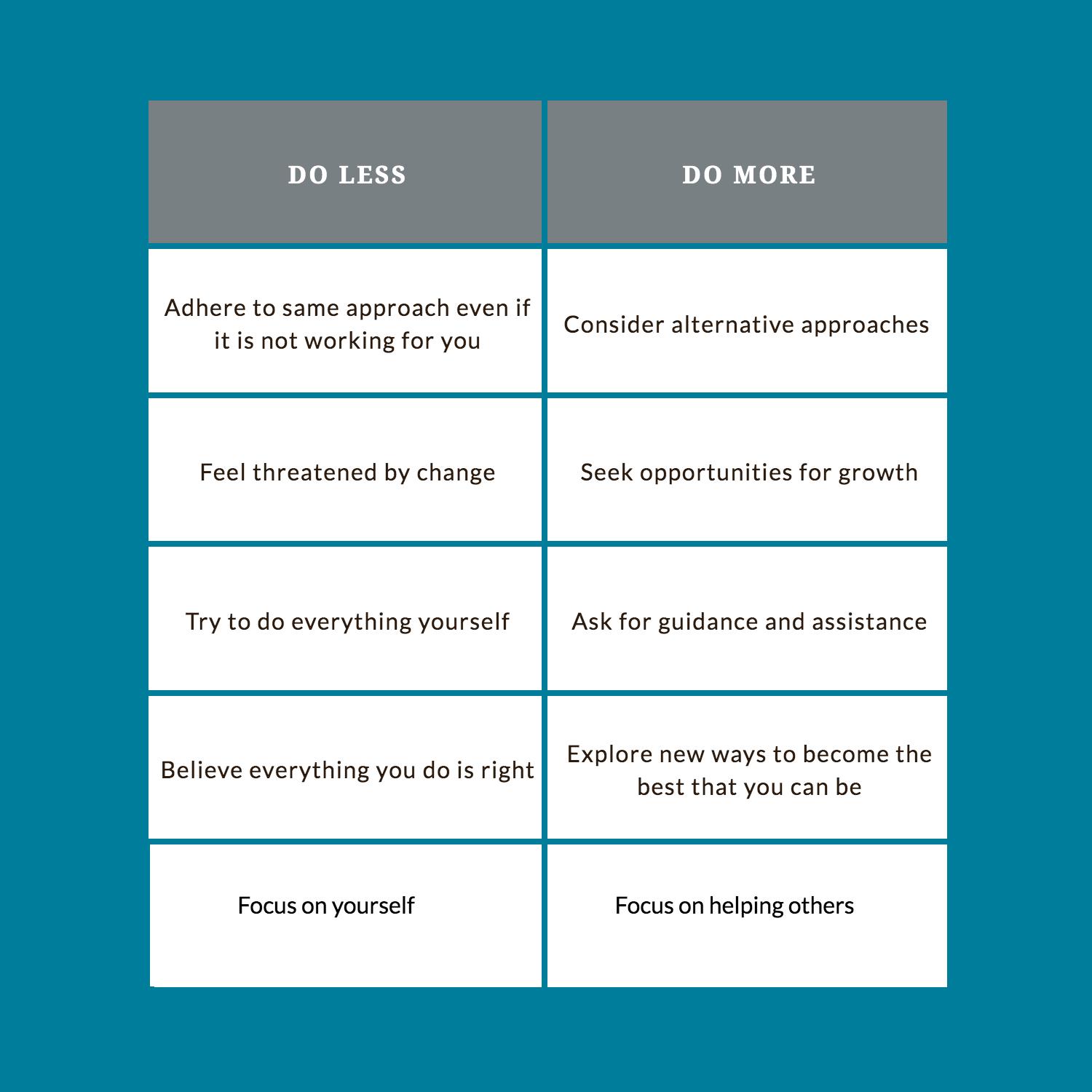Growth Mindset: Creating Change, One Breath at a Time

By Steven M. Cohen, guest contributor
A growth mindset is a willingness, and even a passion, to continue to improve and implement effective change. Sometimes that change is a small tweak and sometimes change needs to be transformational in order to meet evolving demands and opportunities.
Facing change is daunting for most of us and may be one of our biggest fears. We may believe personal change is admitting failure. However, personal growth gives you the tools to thrive in an ever-changing world.
Organizational change is often met with group resistance. The leader of change must be aware of the barriers to change and learn to overcome those barriers for effective implementation. The manner in which change is communicated is often as important as the substance of the change itself. Organizations do not always handle this well. We see this frequently in the workplace with the introduction of new technology. Initially, many staff may not want to learn new technology and may try to ignore it. Some people may initially find the new technology disruptive to their work and resist it altogether. However, this change can be fostered by finding a few tech-friendly early adopters to begin to use the new technology. They can then share the benefits with others. More people will adapt. At some point, nobody wants to be left out or left behind, so others go ahead and try it, and pretty soon everyone (or almost everyone) is using the new technology. Change occurs when a leader with vision takes thoughtful risks, taking into account long-term potential and short-term sacrifice, creates buy-in, and communicates compelling benefits of a change prior to or at commencement of implementation.
Change can be positive. Change doesn’t mean that you were previously doing something wrong. Change starts with a mindset of being open to opportunities for growth.
How to Nurture a Growth Mindset
A key to fostering growth is recognizing where you have room to improve yourself and the organizations you serve. This allows you to be open-minded to new opportunities and challenges, both personally and professionally. To develop a growth mindset, consider taking the following actions:
![]()

When organizational leaders have a growth mindset and encourage others to embrace their own growth as well, continued evolution becomes part of corporate culture. It starts with leaders and influencers focusing on their own personal growth and leadership skill development.
Meditation Practice to Develop a Growth Mindset
Meditation can create the capacity for transformational change. During meditation practice, there are no limits as to the expansiveness of our mind. When we can stop the repetitive day-to-day chatter for moments in time, we are more able to access our inner wisdom.
We often begin our meditation practice with a focus on the breath. A focus on your inhale and your exhale. Where did that air come from? Where is it going? When does one breath end and another begin? Can you feel the space between one breath and the next? It is through breath and air that we connect to all life.
When meditating, we let the mind go where the mind goes, and we observe with our full attention and without judgment. We may observe that limits on our opportunity are often simply placed on us by our conscious day-to-day mind. Growth occurs in the gaps between those thoughts. Expansion takes place during the pause between the inhale and the exhale.
Dozens of scientific studies have shown that regular meditation practice can change how your brain operates. Led by researchers at Harvard Medical School and affiliated Massachusetts General Hospital, clinical studies have demonstrated that daily mindfulness meditation literally grows the grey matter in your brain’s parietal lobe (where sensory information is observed and processed) and the amygdala region (where emotions are regulated). The benefits of meditation stay with us not only during the time we spend meditating, but also well after. You have more capacity to process information and respond instead of reacting from a place of greater equanimity and wisdom.
Many people claim that what stops them from meditating is a fixed mindset–a belief that they “can’t do it” or may “fail.” They may think other meditators sit with an always quiet mind, while their mind continues to create thoughts. This is untrue. You can’t force your mind to stop creating thoughts, just as you can’t force your lungs not to breathe or your stomach not to digest. Creating thoughts is what your mind does. During meditation, when your mind creates thoughts, try to observe them with your full attention and then let them go. Don’t be discouraged if more thoughts come – that happens to everyone. Try not to cling to the familiar ones in order to create space for new ones. When we meditate, we allow our mind to break the thought loops that our conscious mind creates and to wander to new places. The thoughts become more spread out with longer pauses in between them. That is where the growth happens.
Connecting Through Meditation
At some point after adopting a regular meditation practice, we each come to the experiential realization that we are all connected, rather than existing as wholly separated beings. The illusion of separateness dissipates in the calm, abiding mind. This recognition of connectedness is something we see universally across cultures, though different places, people and languages may label that connection and experience differently. This realization becomes something we know deep inside ourselves. If we can keep that knowledge of connection in our awareness throughout the day, we will naturally take actions that build community, help others and sustain our environment. Our individual actions begin to create momentum, and more people (whether or not they also meditate) may react to our little acts of kindness. Growth usually occurs not with grand change, but with small incremental changes. A series of little things by many can make a big difference.
The spread of meditation practice is gaining momentum. What was once an isolated practice for Buddhists, Hindus, tribal rituals, and mystics has now been incorporated into rituals and prayers performed by all of the major religious traditions. Secular apps such as Calm and Headspace have exposed millions of others to the practice. We may be at the beginning of a time when a critical mass of people meditate regularly (what Malcolm Gladwell called a “Tipping Point”). We may be moving toward a point when a sufficient number of people (some consciously and some unconsciously) realize that we are all connected, and as a result, a societal transformational shift may occur. It will be at this point that real human evolution based on love and connection is possible.
The choices you make matter. Your meditation practice matters. You can choose to spend 10 minutes a day in meditation to listen to your wisdom within, and you can be part of making a meaningful impact in our ever-evolving world. Real growth occurs one breath at a time.
Steven M. Cohen is the author of Leading from Within: A Guide To Maximizing Your Effectiveness Through Meditation, the co-founder and Chair of the Board of Meditation4Leadership, which brings the benefits of mindfulness and meditation practices to the workplace, a partner in an AmLaw 50 law firm and frequent speaker on the personal and professional benefits of mindfulness and meditation practice.

1 comment
Thank you , really a great book to start reading .
Leave a comment